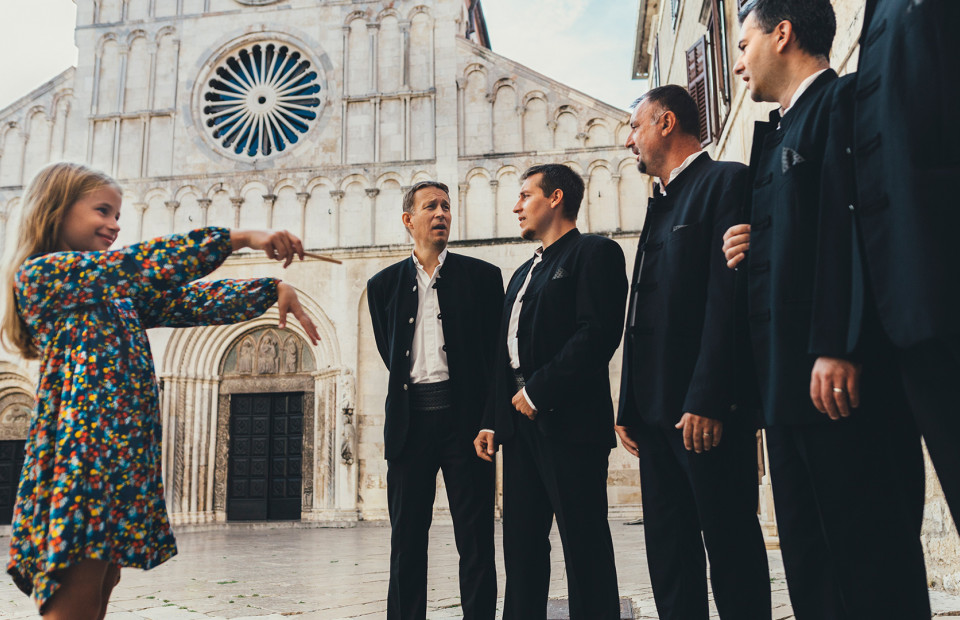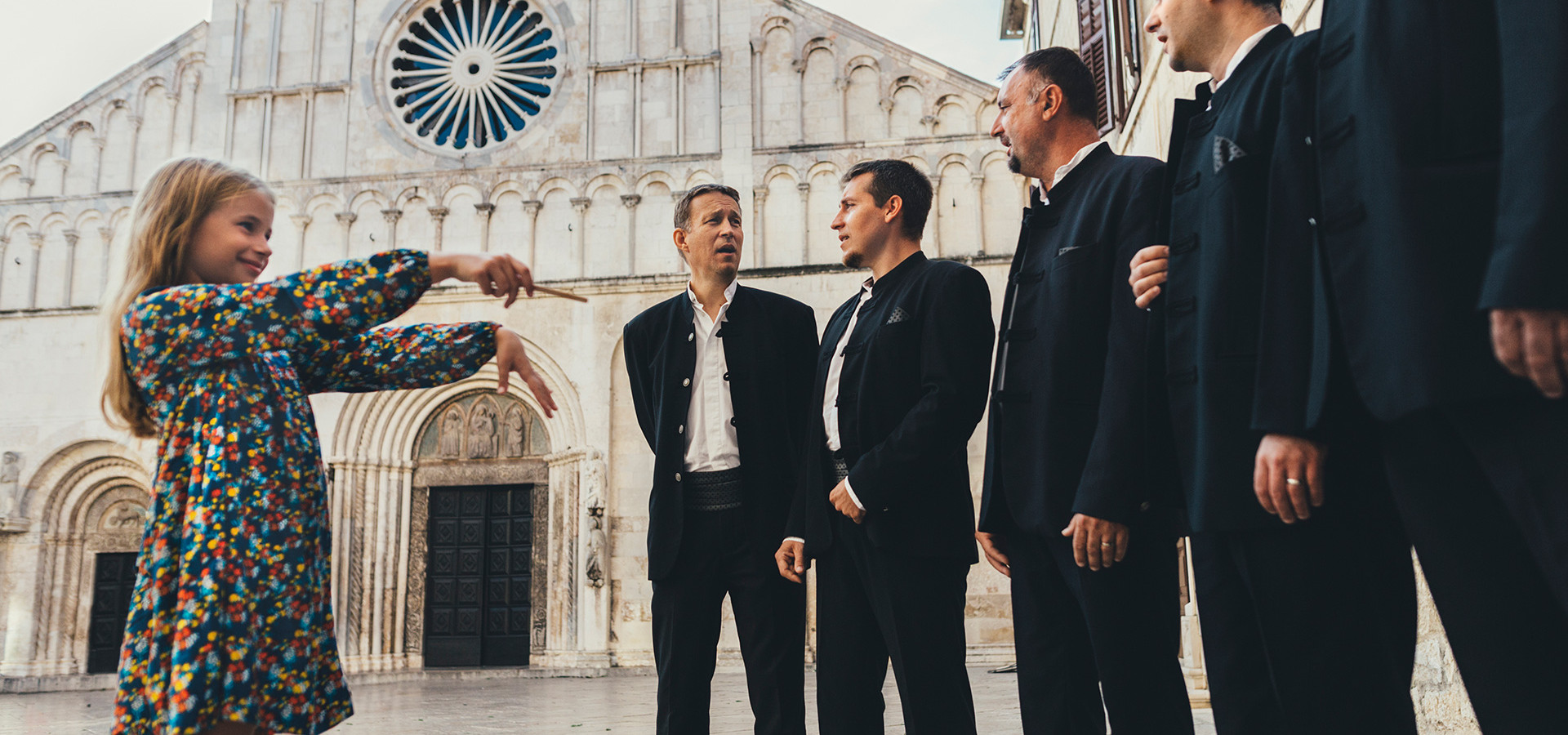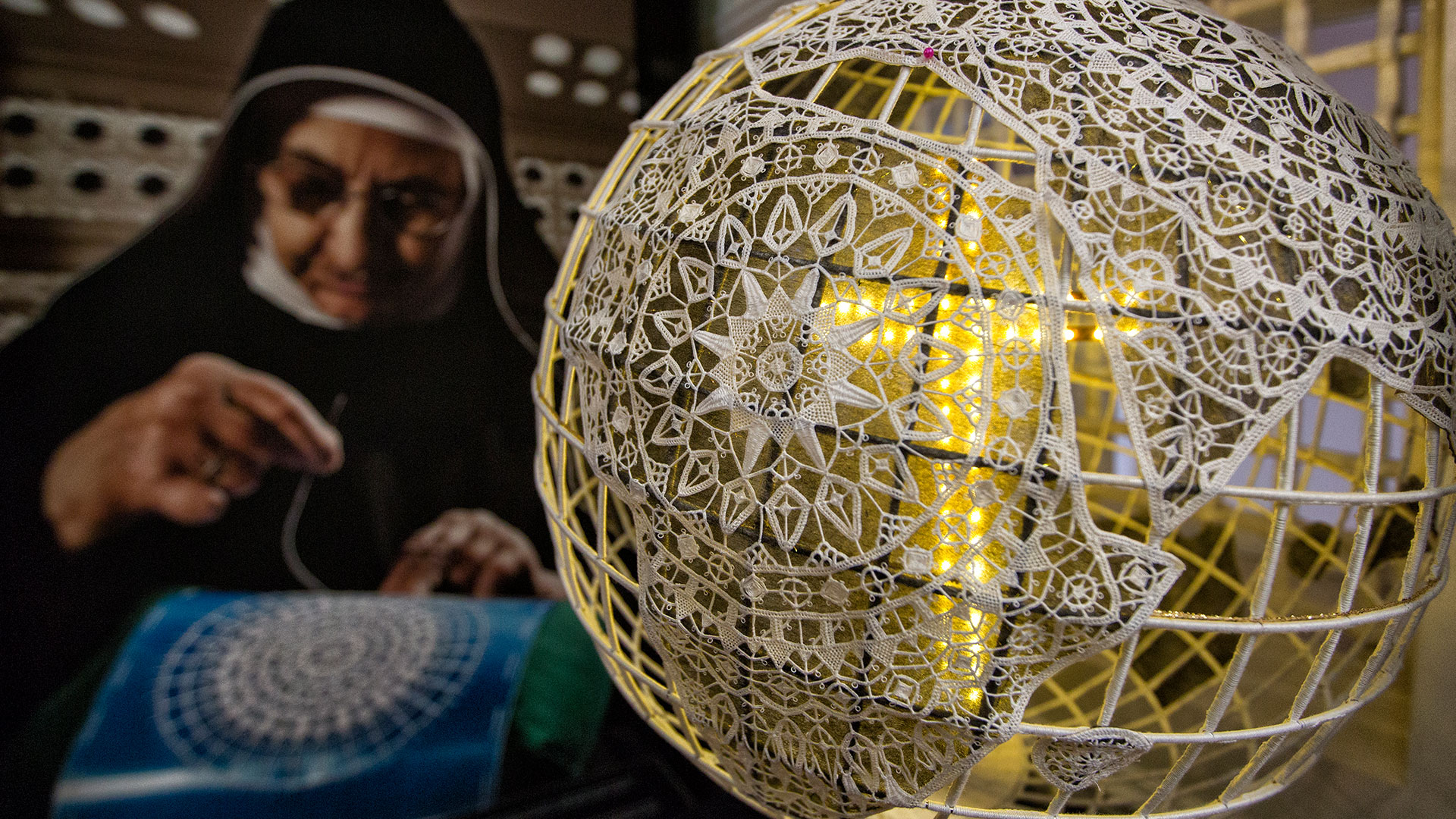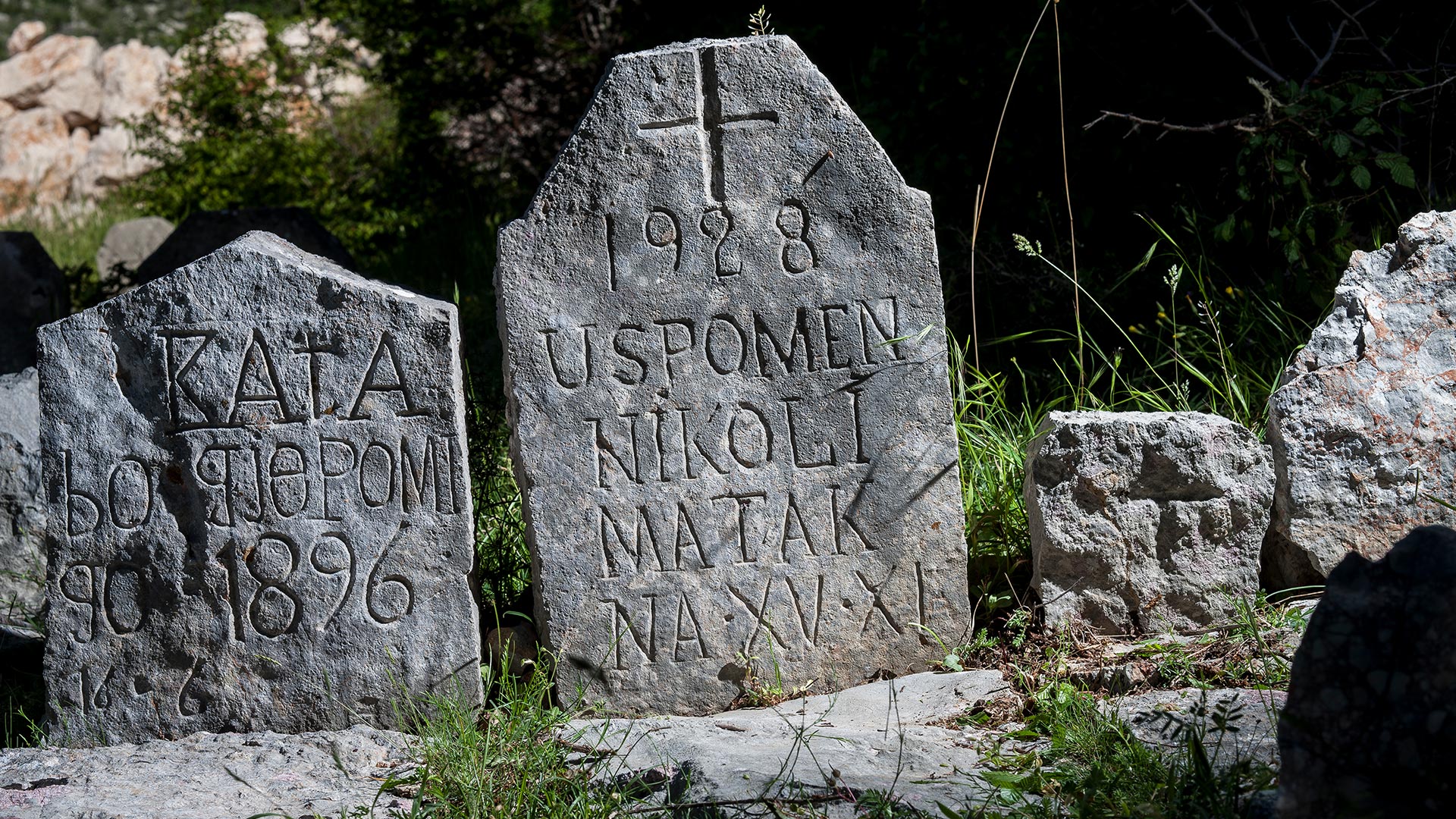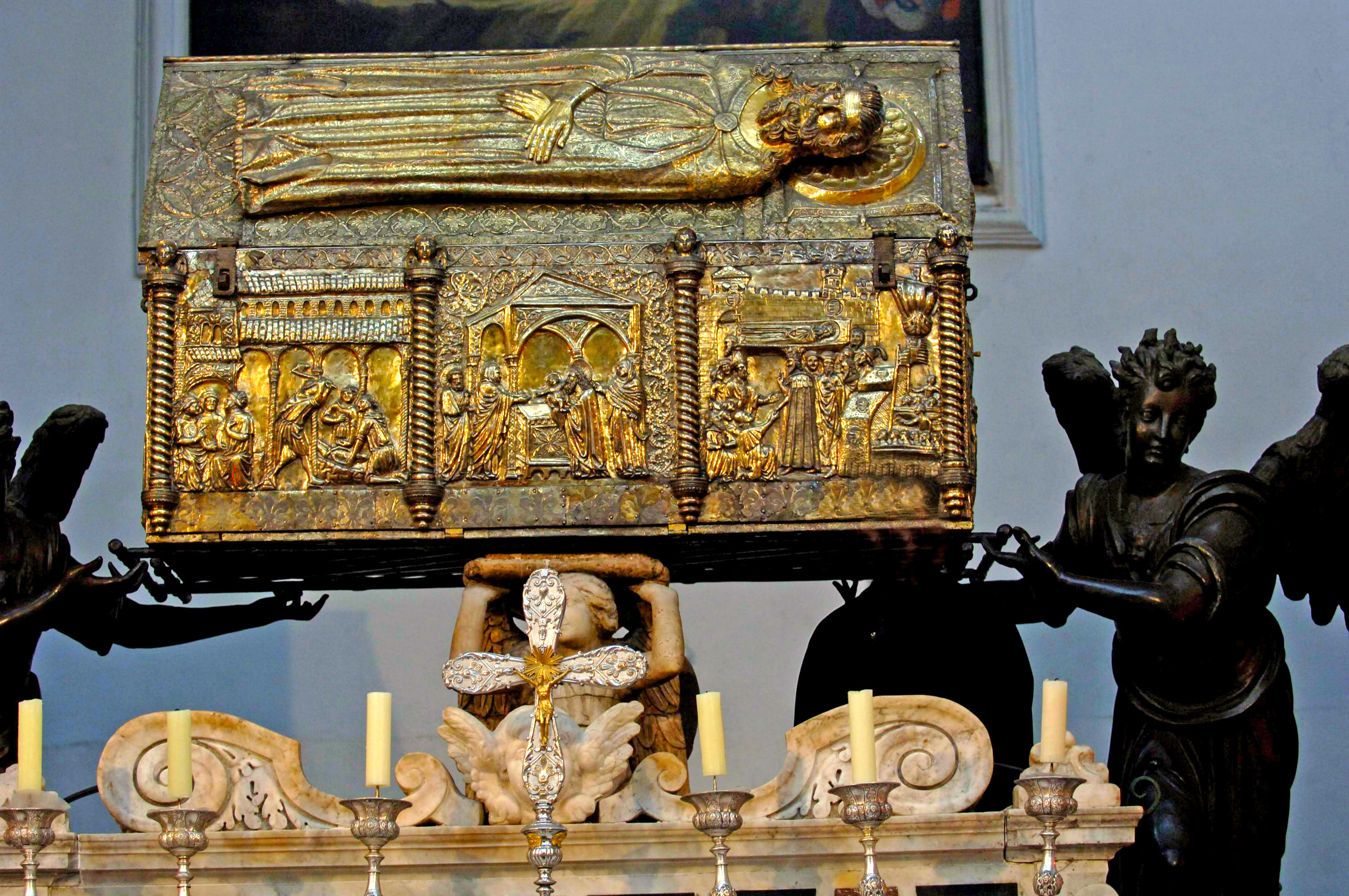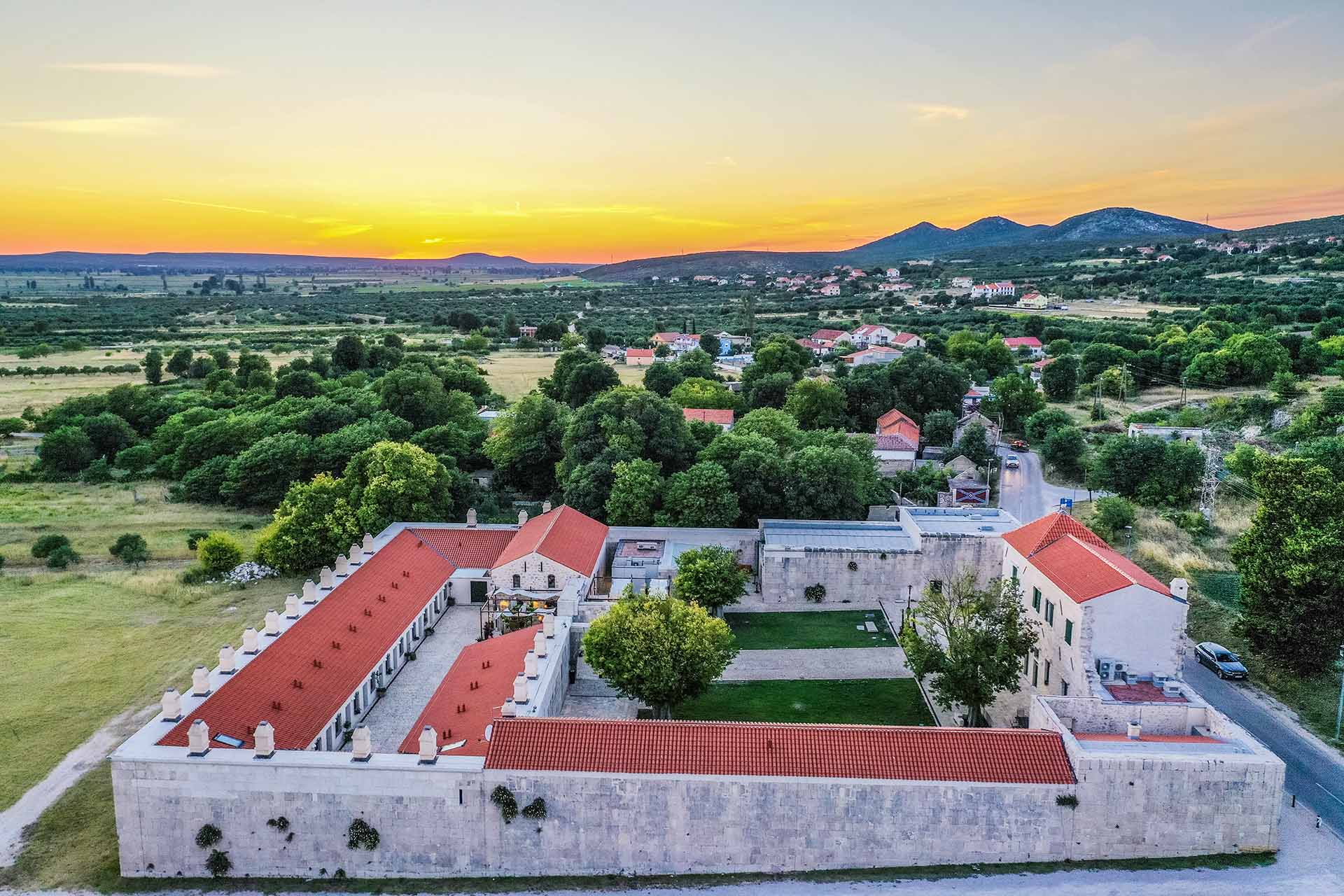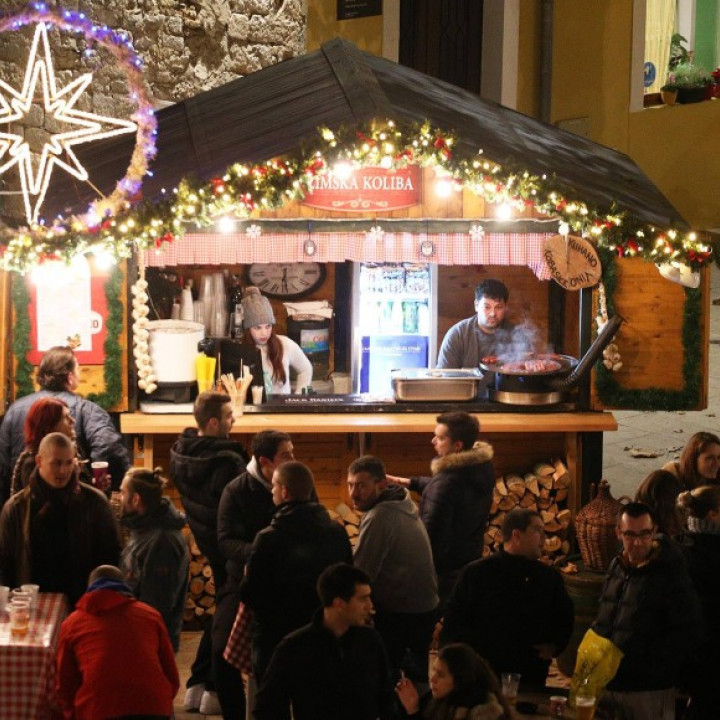Did you ever feel so overwhelmed by the beauty of heritage during your vacation that you did not know where to start? Well then, welcome to the Zadar region! Locate the ancient communities of the Liburnians, step into the grand cities of the Romans, visit the northern parts of the Byzantine Empire, explore the walls of the Venetian strongholds and see in person where Croatian Kings laid the foundations of Croatian sovereignty! Choose your favorite period and we will find a piece of history that will amaze you.
DON'T MISS
Admire Roman remains
Talk to the locals about crafts and customs
Find your favorite pre-romanesque church
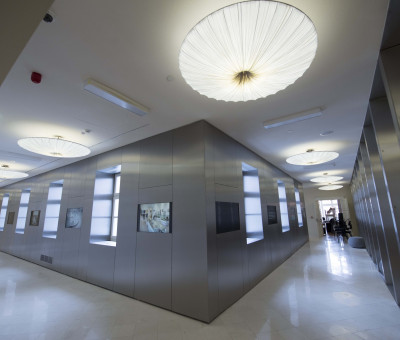
Make the Rector's Palace your palace
Rector's Palace
One of the city’s prized buildings, the 13th century Rector’s Palace, has experienced many changes over the years. Today, it unites a museum space, its temporary exhibition halls, a video gallery, concert and multimedia halls - all in different styles reflecting the rich history it holds.
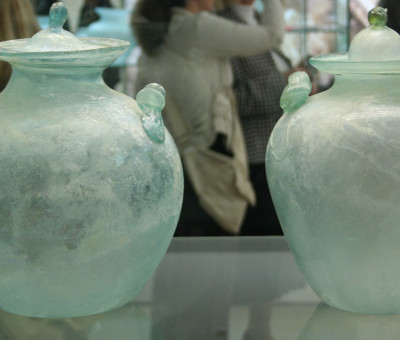
See (but don't touch) the Museum of Ancient Glass
Museum of Ancient Glass
It's baffling that a medium as delicate as glass could survive the earthquakes and wars that have plagued this region over the millennia, but this impressive museum has thousands of objects on display!
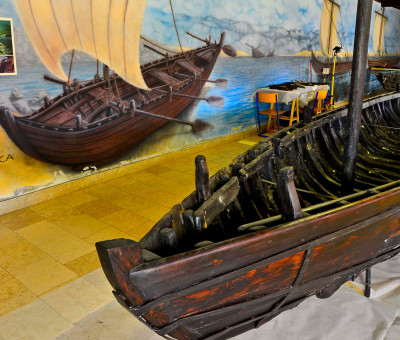
Sail through history
Condura Croatica
Condura was arguably the smallest yet deadliest galley-type vessel in the history of warfare. Croatian Kings of the 11th and 12th century had up to 20 thousand oarsmen ready to propel them at a moment’s notice and one of the Conduras can be seen today at the Museum of Nin Antiquities.
Explore
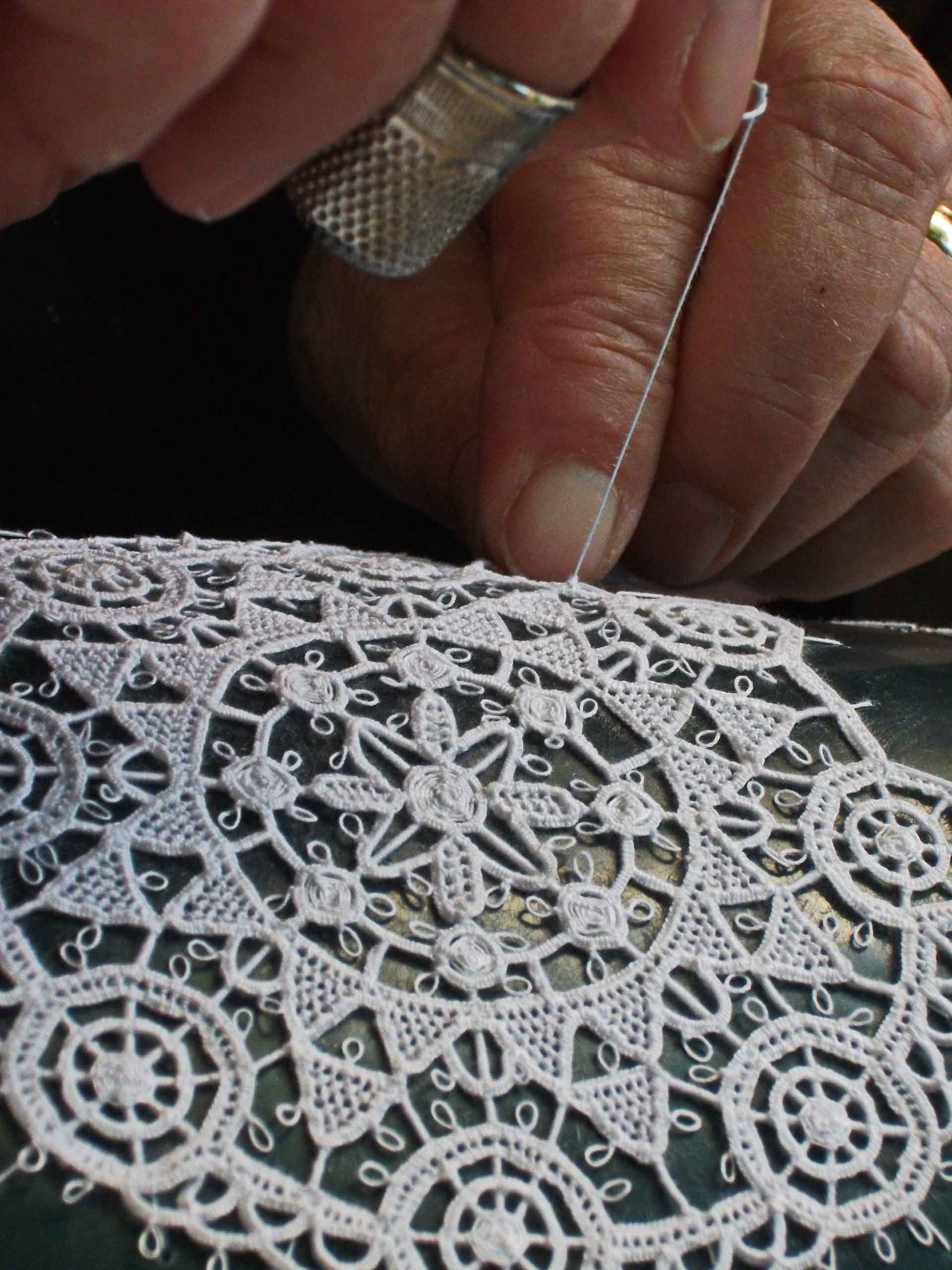
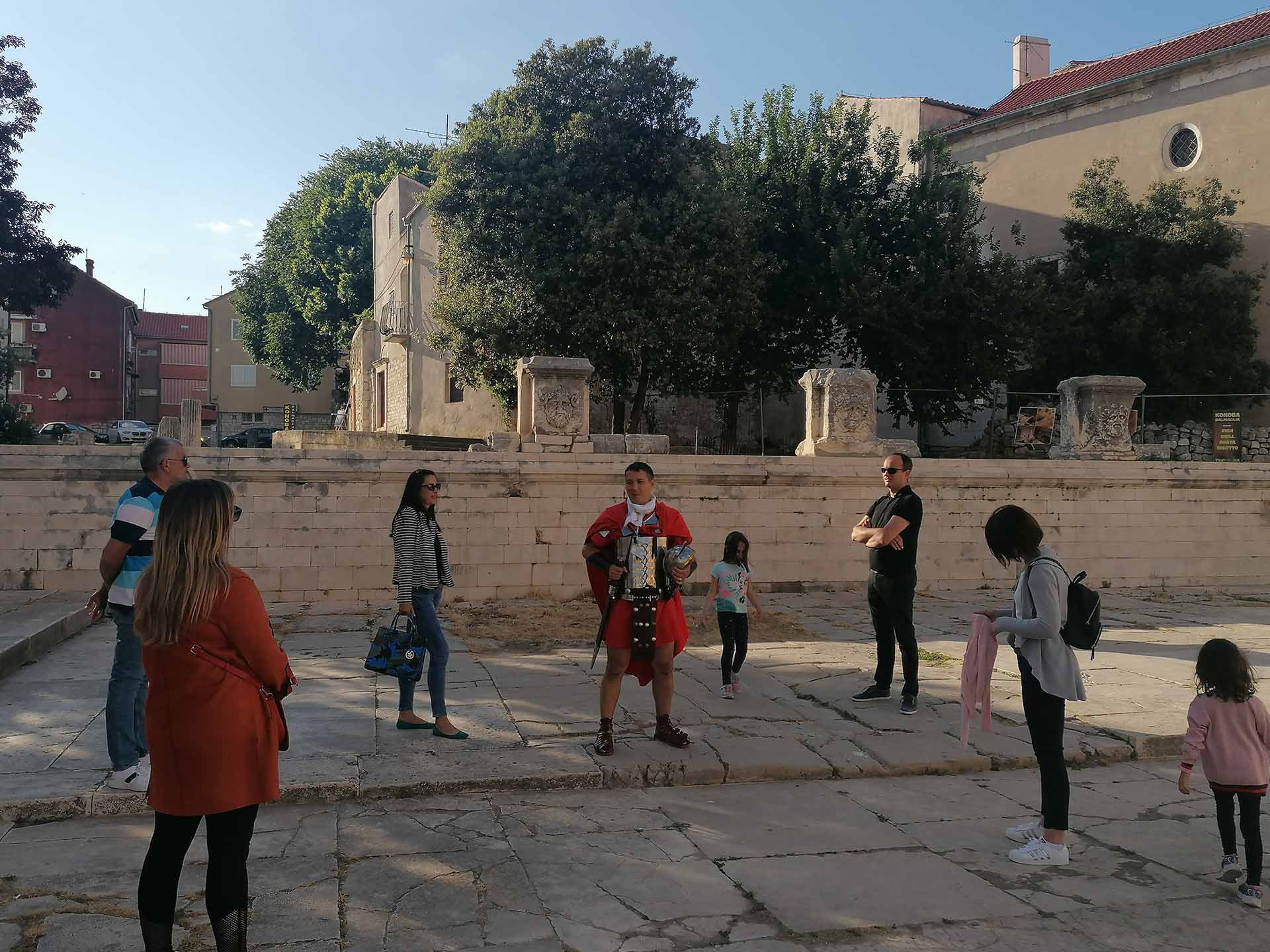
Explore more
